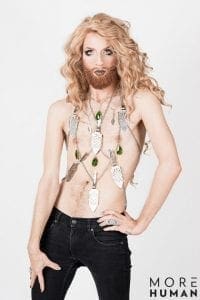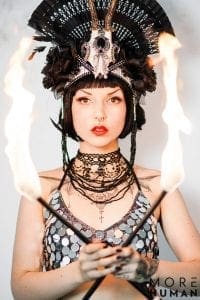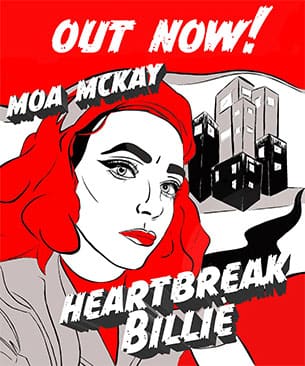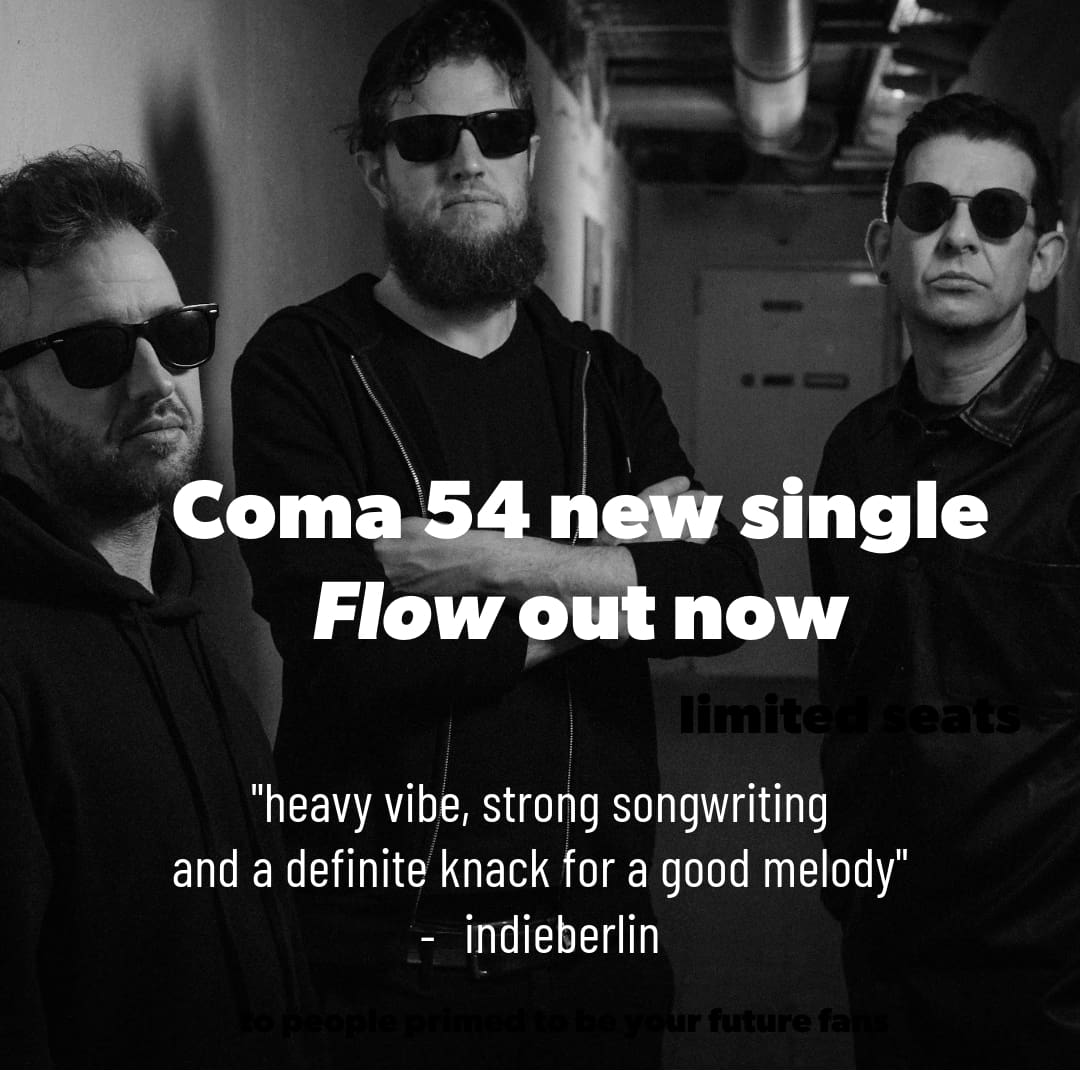Paul Green is an Australian photographer having travelled quite a bit before settling in Berlin. He wanders around town, looking for unusual and unique characters, colourful ones too.
indieberlin managed to get him to answer questions about him and his agency, moreHuman.
indieberlin: When did you come to Berlin and when did you decide to become a professional photographer?
I came to Berlin in March 2010. I’d lived in America and England in the past and after I returned to Australia I felt that I needed to get back to Europe so that I could push my work further and hopefully have more opportunities. I originally wanted to return to the UK, Berlin had never entered my mind.
Then I watched the movie “Cabaret” for the first time in 2009 and thought “Oh? Berlin.”
After a little research I bought a one-way ticket, sold all my possessions (except my cameras and some clothes), and in less than 6 months moved to Berlin.
I have been passionate about photography since I was about 4 years old but did not realise you could do it as a profession until I was in my 20’s, and then all I wanted to was be an artist. After years of travel I found myself living on a beach in Hawaii. One evening as I was falling asleep in my tent, listening to the wind and the waves, I thought whats next? The answer was go back to Australia, get into the best photography course I can find, and become a pro photographer. So in 2001 I went home to Melbourne, put together a portfolio of my work, applied and interviewed at the best University level photography course in Australia, and in 2002 I started my Bachelor Degree in commercial photography. After 2 years of study, and assisting professional photographers at the same time,
I decided I wasn’t learning enough from University
So I moved to the UK to assist professional photographers in London. It wasn’t until 2006 that I decided to return home again and start work on my own professional photography career.
indieberlin: How come you focused on photographing people that don’t look like your average neighbour?
It was a natural progression. My sister and I used to love dressing up and playing pretend, and when I took photos as a kid I liked to photograph situations that were a little unusual. When I was photographing fashion styles in Australia I wanted things to look a little odd or unusual also, but I was never satisfied. It wasn’t until I saw my first burlesque performance that fireworks went off in my brain, and I could see the path I had to follow: Interesting people, unusual talents, characters that add color to a world that is trying so hard to fit in and be good.
Burlesque has trained my eye, sharpened my reactions, and strengthened my compositional skills
indieberlin: You’ve been very active as a burlesque photographer – how has this scene influenced your work?
I feel very at home in the burlesque scene, and I feel honored to have been welcomed by so many fantastic people. The scene has greatly influenced not only my work but my career path. It introduced me to amazing people and performers from all over the world, and continues to do so. Also aesthetically it allowed a type of free play where I could experiment with light and color, and work within uncontrollable lighting situations. Also as a photographer it has trained my eye, sharpened my reactions, and strengthened my compositional skills.
indieberlin: Can your agency name “more human” be interpreted as a call to see people more as human beings instead of judging the surface that is visible to us?
The name is open for interpretation. Firstly, and most importantly for me, it represents being a professional agency that treats people with honesty and respect, no matter the look or situation. This does not mean we say yes to everyone and anyone who asks to join us, in fact we have had to say no quite a few times now, but we do our best to do it professionally, honestly, and with respect. Another interpretation of moreHuman for me is being more than just a simple human. We find and work with people that look for more, express more, or have exceptional talents that push them beyond the “normal” life.
indieberlin: How do you feel living in Berlin as compared to Australia for instance? Is it more normal to be weird here?
When I first stepped off the train at Berlin Hauptbahnhof, I looked around at all the different people, I took a deep breath in, let out a loud sigh, and thought “I’m home.” Living in Sydney I felt this constant need to fit in, to have the right this, to wear the right that. People on the street were constantly looking me up and down as they passed, and I felt always uncomfortable and not my true self. In Berlin, I think the thing I saw when I first arrived, the thing that made me feel at home, was people being themselves in every shape and form, and everyone else around not giving a shit. I remember riding the S bahn one of my first times and seeing a man from behind in boring middle aged man clothes and a baseball cap. It wasn’t until I sat down in front of him that I noticed the long fingernails painted a deep red color, and the full face drag make-up. He was amazing. Everybody else on the carriage went about their train ride as if this were an everyday “normal” thing, and I LOVED that.
I love to see people do things that look painful or dangerous
indieberlin: Tell us about working with artistic people who are all very different. What were really fun facts – what are maybe more stressful aspects?
Artistic people in general are amazing, friendly, and open people, usually with a great sense of humor. I have quite a wicked sense of humor myself, and after many years photographing portraits, I feel that I can quickly judge what I need to do to make them feel comfortable, or at least bring out personality in the photos, and have fun.
The funny thing is, I have been photographing interesting people for so long now that I’m not so sure what might be considered fun, what is boring, and what is just not for everyones sensitive ears.
I see a lot of nudity, male and female, it has become very normal and not so exciting
When I first started I was shooting in London, and a magician said “Hey for my last shot I’d like to be nude.” I turned around to answer and found that he was already standing in set, completely naked, smiling, and doing a little dance. It was quite funny.
I love to see people do things that look painful or dangerous. That is one thing that still gets me excited. Recently I had a model come to a shoot with a small black backpack. I jokingly asked “Do you have a snake in there, hahah”, he said “Yes” and pulled out a beautiful 2 meter long yellow colored boa snake, named Molly. I was very happy.
I have people sticking needles in their flesh, I have people bending their bodies in all kinds of ways, I have ballet dancers that fling themselves into the air and slam down hard on their knees over and over again, people with tattooed eye balls… I mean, how can I choose.
indieberlin: Any suggestions for poeple who would like to join your modelling-team?
You do not have to be freaky to apply to moreHuman Agency. We like people that are interesting, talented, full of character or what ever. The most important thing is that people are themselves. We don’t want people to come in and pretend to be fashion models and do drop arm poses. We want to see the real character inside, this way when our people go to castings they simply have to be their natural selves. Also right now we are encouraging more people 40 years and older to apply.
Interview: Mia Morris, all photos: Paul Green | moreHuman Agency.





